
A floor lift lets you move between floors safely. You use easy buttons to control the lift. Sensors help make the ride smooth. The lift gives you more safety and comfort. Hospitals use patient lifts to keep caregivers safe. These lifts help lower injuries.
Evidence |
Description |
|---|---|
State Requirements |
Eleven states say hospitals must use patient lifts. This helps keep caregivers healthy. |
Injury Rates |
OSHA says healthcare workers get hurt more than others. They have seven times more muscle problems than other workers. |
Age and Workload |
Nurses are usually older than 44. This makes injuries more likely. Patients are heavier and nurses work harder. |
Floor Lift Operation

How a Floor Lift Works
You can use buttons or touchless panels to control a floor lift. These controls help you pick the floor, open or close the doors, and sound an alarm if needed. Some lifts use special sensors or infrared panels, so you do not have to touch anything. This helps keep the lift clean and stops germs from spreading.
Ground Floor (G): Moves the lift to the lowest level.
Up (↑): Takes you to a higher floor.
Down (↓): Brings you to a lower floor.
Floor Numbers: Lets you pick the exact floor.
Open Door (⦿): Opens the doors for you.
Close Door (⦾): Closes the doors.
Alarm: Alerts others in case of emergency.
Some lifts use special operation systems to make rides smoother and safer. Newer lifts use energy-saving drives and LED lights. These features help you save money and protect the environment.
Mobility Solution |
Energy Efficiency Features |
Notes |
|---|---|---|
Modern Elevators |
Regenerative drives, LED lighting |
Lower utility bills, reduced carbon footprint |
Homelifts |
Standard power outlet usage |
Lower energy consumption, ideal for homes |
Wheelchair Lifts |
Larger platforms, higher capacities |
Affordable, limited to wheelchair users |
Stairlifts |
Minimal structural changes |
Affordable but limited to staircases |
You can put a through-the-floor elevator in most homes or buildings with only small changes. The ADA says elevator doors must be at least 36 inches wide. The car must be at least 51 inches deep and 68 inches wide. Control panels should be easy to reach, with buttons no higher than 42 inches. These rules help you add a floor lift without big changes.
Main Components
A through-the-floor elevator has many important parts that help it work well. Each part uses new technology to make the lift safe and comfortable.
Component |
Contribution to Reliability |
|---|---|
Drives |
Energy-efficient drives like VFDs give you a smooth ride and save energy. |
Controllers |
Micro-processor systems keep the lift level with each floor and boost performance. |
Door Systems |
Advanced safety features stop the doors if something moves in the way. |
Signal Fixtures |
Modern fixtures make the lift easier to use and more accessible for everyone. |
The lifting mechanism uses these parts to move you safely between floors. If you get regular service and use good parts, the lift will last longer. Having trained people install the lift also helps stop problems. Using the lift the right way and not overloading it makes it last longer.
Regular servicing and maintenance keep the lifting mechanism in good shape.
High-grade parts resist wear and tear.
Proper use and installation prevent most problems.
Safety Features
Safety features in a through-the-floor elevator keep you and others safe. These features use new technology to lower accidents and make every ride safe.
Safety Feature |
Description |
|---|---|
Guardrails and Gates |
Stop falls and keep you safe when entering or leaving the lift. |
Mechanical Toe Guards |
Protect your feet from moving parts and can stop the lift if needed. |
Overload and Tilt Protection |
The lifting mechanism stops if you exceed weight limits or if the lift tilts too much. |
Emergency Stop and Manual Controls |
Let you halt the lift right away and move safely during power loss. |
Audible and Visual Alarms |
Warn you when the platform moves or if there is a problem. |
Maintenance Safety Devices |
Hold the lift in place during repairs to prevent accidents. |
Manufacturers follow strict rules to keep your floor lift safe. OSHA, ASME A17.1, and EN 81 set rules for equipment checks, operator training, and emergency plans. You will see regular inspections and safety checks. Operators get training and certification. Guardrails, alarms, and emergency systems are always included.
Tip: Always check that your through-the-floor elevator has up-to-date safety features and meets local codes.
If you see problems like stuck doors, jerky movement, or strange noises, call a professional. Most problems come from worn parts, tracks that are not lined up, or power issues. Regular checks and fast repairs keep your lifting mechanism and technology working well.
Benefits of Floor Lifts

Patient Care and Comfort
When you use a floor lift, patient care gets better. These lifts help you move patients with less work. You do not need to pick up heavy people by hand. This means your back and arms do not get tired. Patients feel more comfortable because the lift holds their body well. The ride is smooth and gentle, so it does not hurt or scare them. You can focus on making patients feel good and respected. Using a floor lift helps patients feel safe. This support can help patients do more things on their own. It also makes daily tasks easier for everyone.
Patient Safety
One big benefit of a floor lift is safety. The lift has safety features to protect you and the patient. Guardrails, emergency stops, and alarms help stop accidents. The lift will not move if there is a problem, like too much weight or an open door. This lowers the chance of falls and injuries. Studies show that experienced caregivers hurt their backs less when using floor lifts. New caregivers can get hurt more, so training is important for safety. You can trust these lifts to keep everyone safe every day.
Accessibility and Convenience
A floor lift makes it easier to get around at home or in care places. You can go between floors without stairs. This helps people who cannot walk well stay active and do more on their own. Home elevators and floor lifts fit in many buildings with only small changes. You do not need to change the building a lot. The controls are easy to reach and simple to use. You can pick push buttons or touchless panels.
Here are some ways floor lifts make life easier:
Fall prevention: You can help someone up safely after a fall, so they do not get hurt.
Minimized physical strain: You do not have to use as much strength, which keeps your muscles and joints safe.
Efficient transfers: You save time and energy by moving patients quickly and smoothly.
Comfort and dignity: You help patients feel respected and comfortable during moves.
Psychological well-being: You help patients feel safe and good about themselves.
Versatile applications: You can use the lift for bed, wheelchair, or chair moves.
Time efficiency: You have more time for other things because transfers are faster.
Better workflow: You make care routines better at home or in care places.
Everyone gets better access, not just patients. Caregivers can work faster, and families feel less worried.
Types of Floor Lifts and Multi Floor Elevator Benefits
Residential vs. Commercial Floor Lifts
There are some big differences between residential and commercial floor lifts. Residential lifts are made for homes and small buildings. They are small, simple to use, and focus on comfort. Commercial elevators are used in public places and must follow strict safety rules. They can carry more weight and go up higher floors.
Feature/Benefit |
Residential Lifts |
Commercial Elevators |
|---|---|---|
Size and Weight |
Compact, for homes and residential buildings |
Larger, for public spaces |
Safety Features |
Basic, less strict regulations |
Advanced, must meet strict codes |
Weight Capacity |
About 500 kg, for household needs |
Up to 5000 kg, for heavy use |
Vertical Distance |
Up to 4-5 floors, ideal for homes |
Up to 300 meters, for tall buildings |
Installation |
Minimal changes, ease of installation |
Major planning and changes needed |
Maintenance |
Simple, often by homeowners |
Complex, needs professionals |
Residential lifts help people with mobility problems move around their homes. You can reach every floor without much effort. Commercial lifts are built for speed and lots of people.
Portable and Fixed Options
You can pick portable or fixed floor lifts. Portable lifts are easy to move from one room to another. They help move patients, like from a bed to a wheelchair. Their small size is good for homes with little space. Portable lifts keep caregivers safe and make things safer for everyone. Sometimes, two people are needed to use a manual floor lift, and it can take more work.
Fixed lifts stay in one spot and give more support. They are good for certain places in homes or buildings. Fixed lifts are strong and help with daily tasks. Both types are important for home care and help people move safely.
Benefits of Multi Floor Elevators
A multi floor elevator helps you reach every floor in your home or building. It saves space because it is planned into the building design. This means you do not lose any living area. Multi floor elevators make moving around faster and easier. You will see fewer crowds in busy places.
When you look at multi floor elevators, check the different types. Some use electric floor lift systems, while others use manual floor lift options. Multi floor elevators give you better access, save energy, and work smoothly. You can be more independent and do more things at home. These elevators fit well in homes and are easy to install. They help you stay active and take part in daily life.
Tip: Pick the best types of multi floor elevators for your building’s height, how many people use it, and how much space you have.
You can make things safer and more comfortable with a floor lift. These lifts let you move up and down floors easily. To find the best lift, look at important things:
Details |
|
|---|---|
Weight Capacity |
Pick a lift that fits your space and holds what you need. |
Emergency Control |
Choose lifts with simple emergency stops and manual controls. |
Check out different lifts to help people get around your home or building.


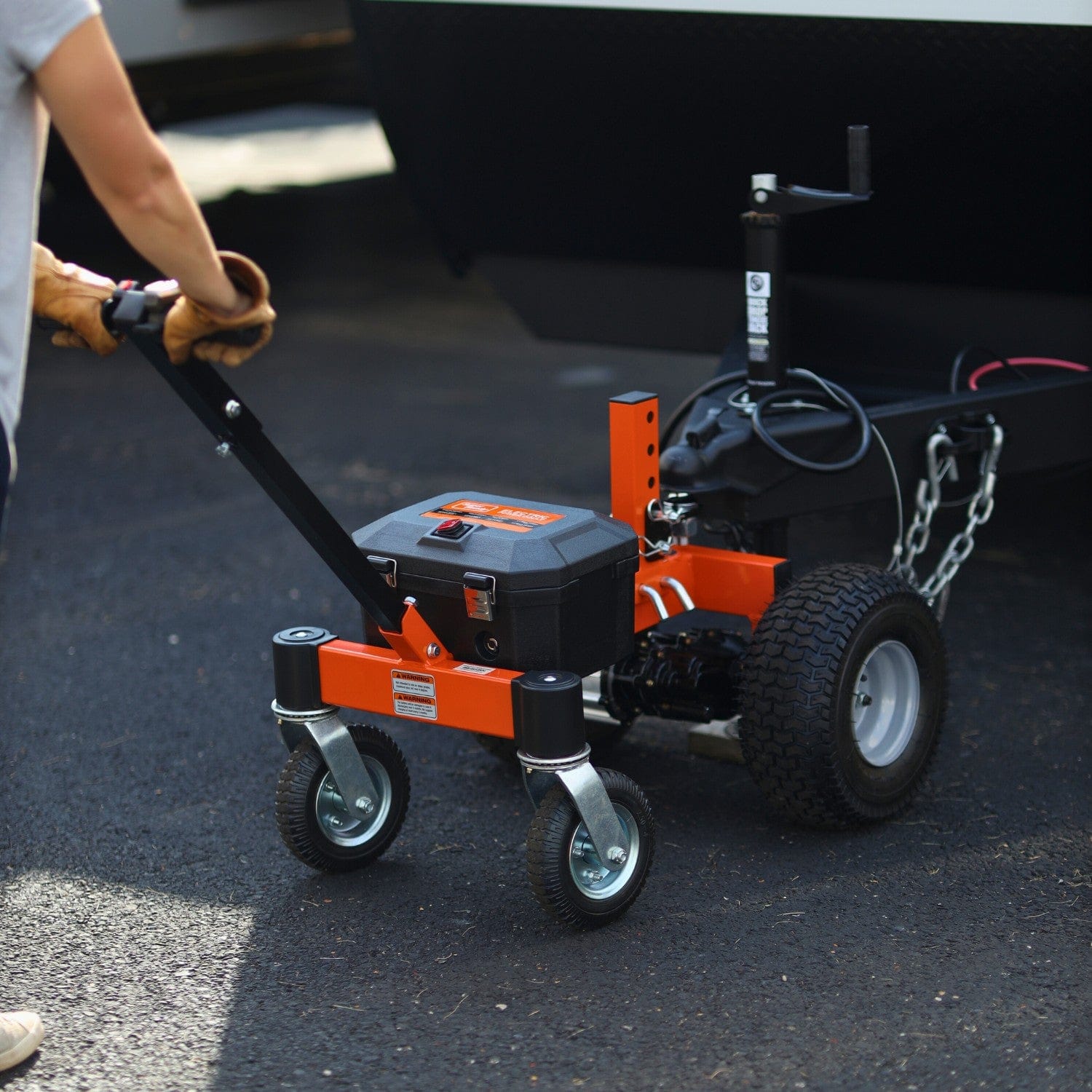
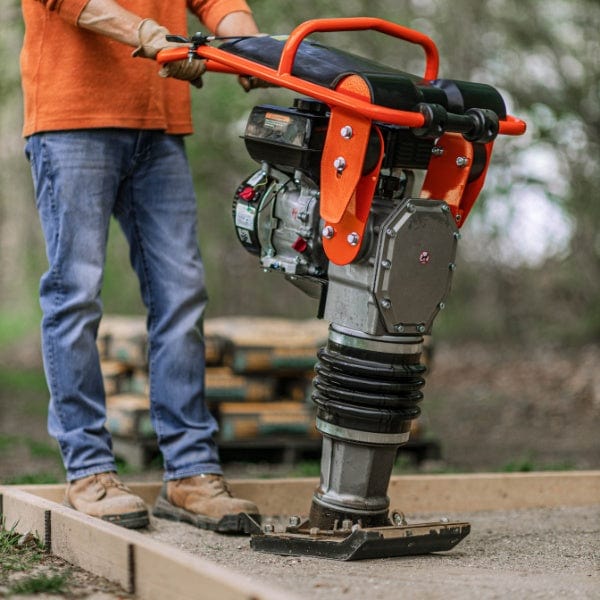
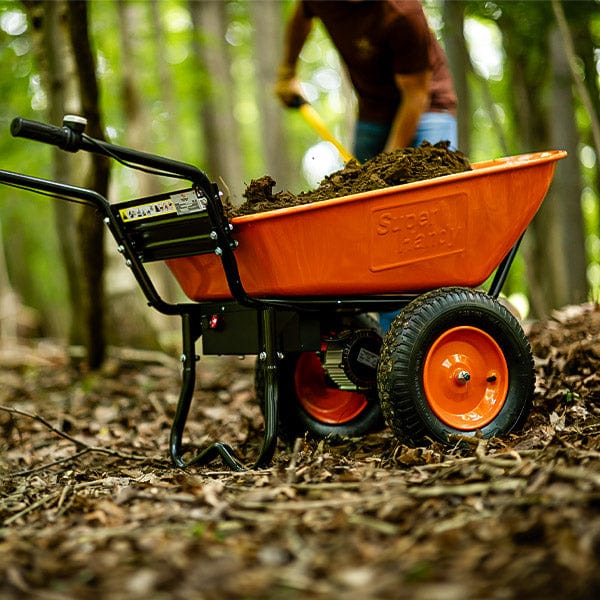
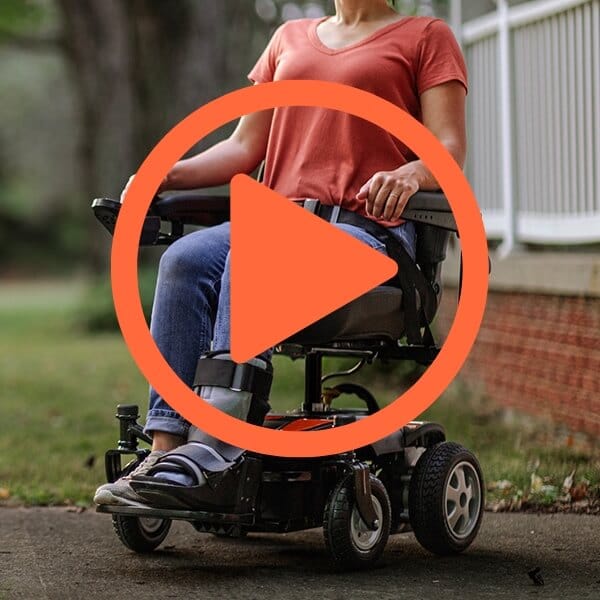

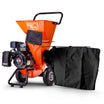
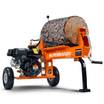

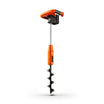
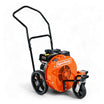
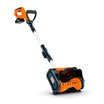
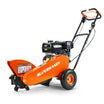
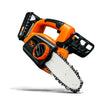
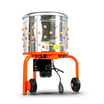

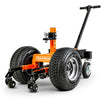
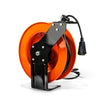
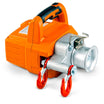
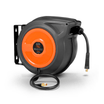
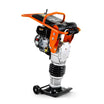
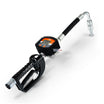
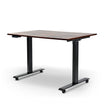
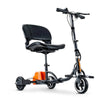
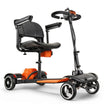
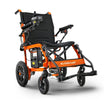


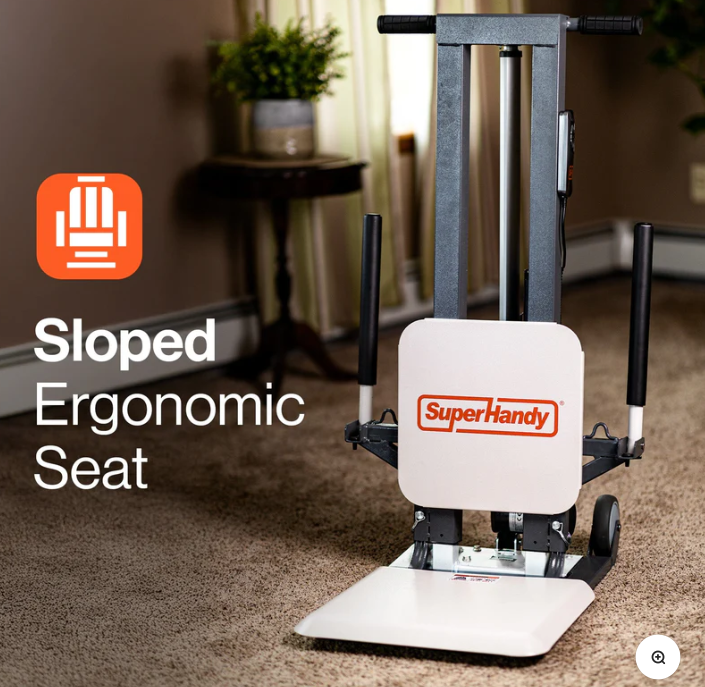

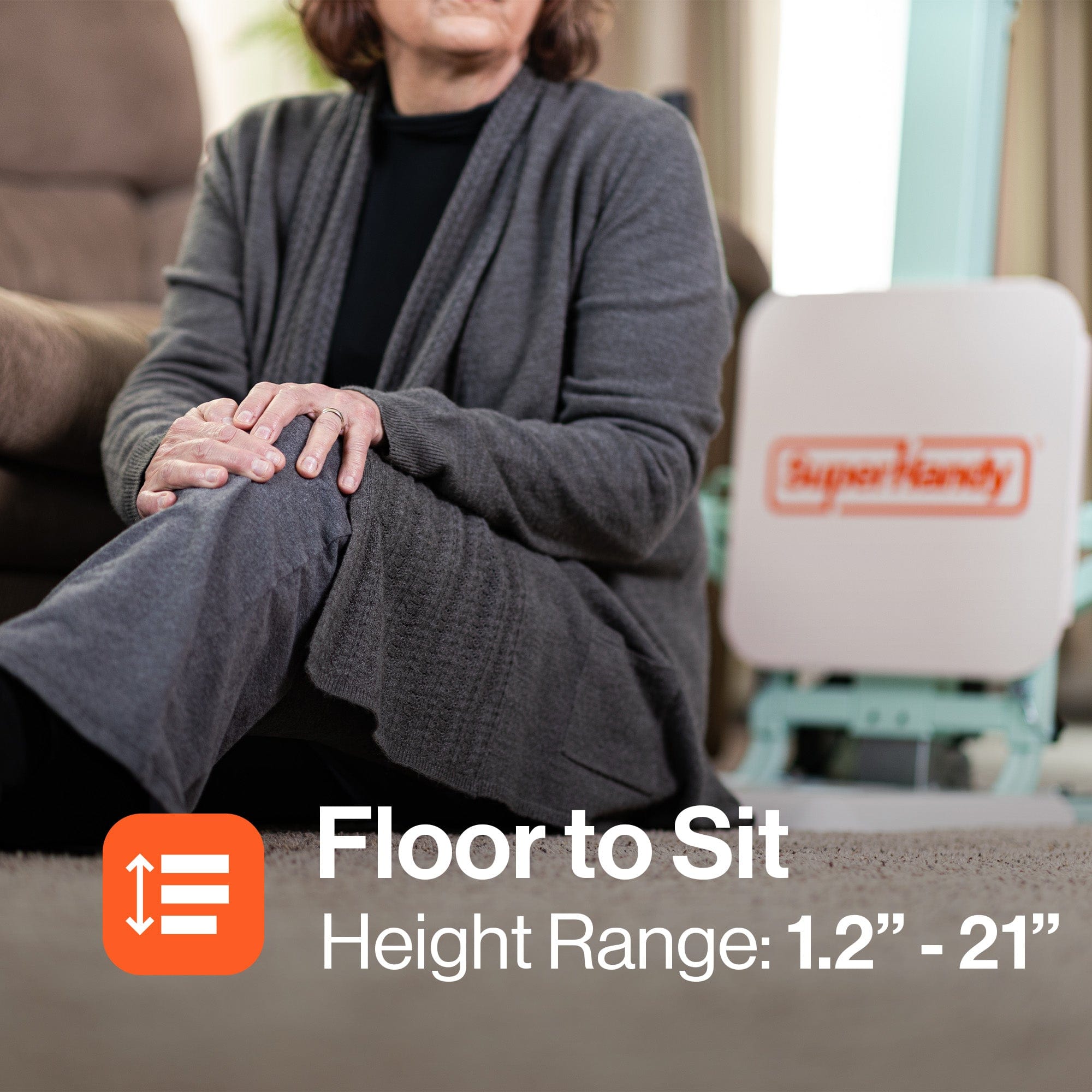
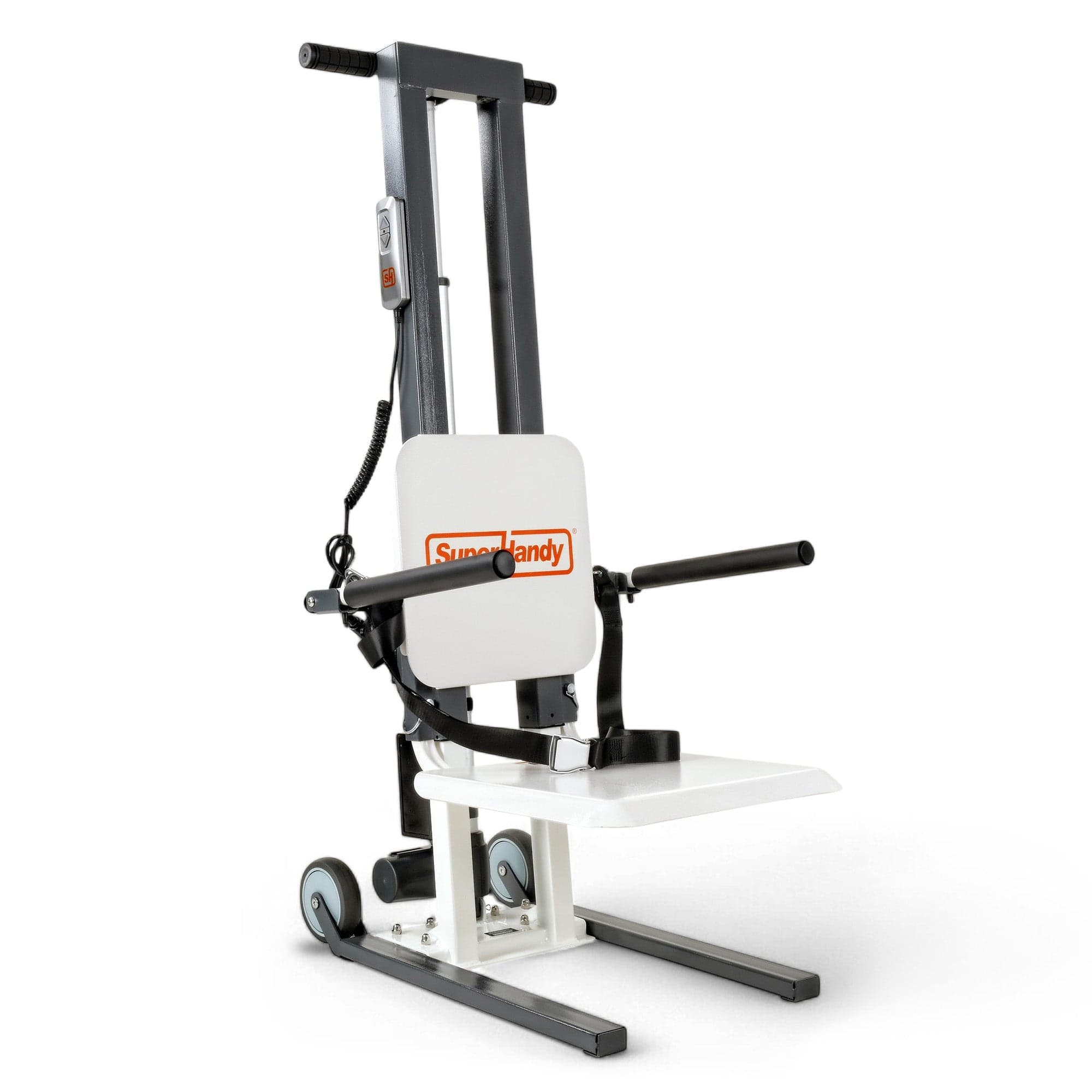
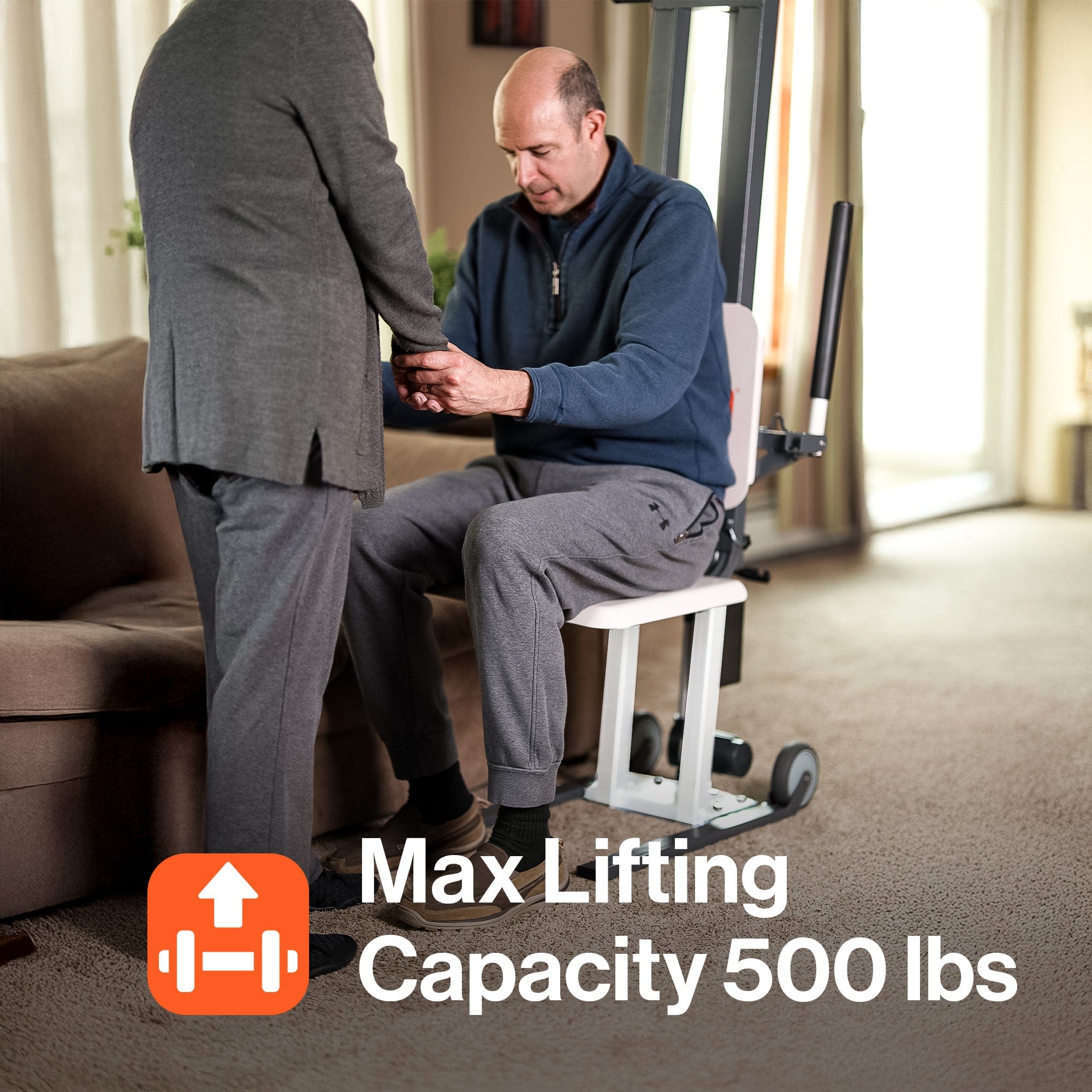
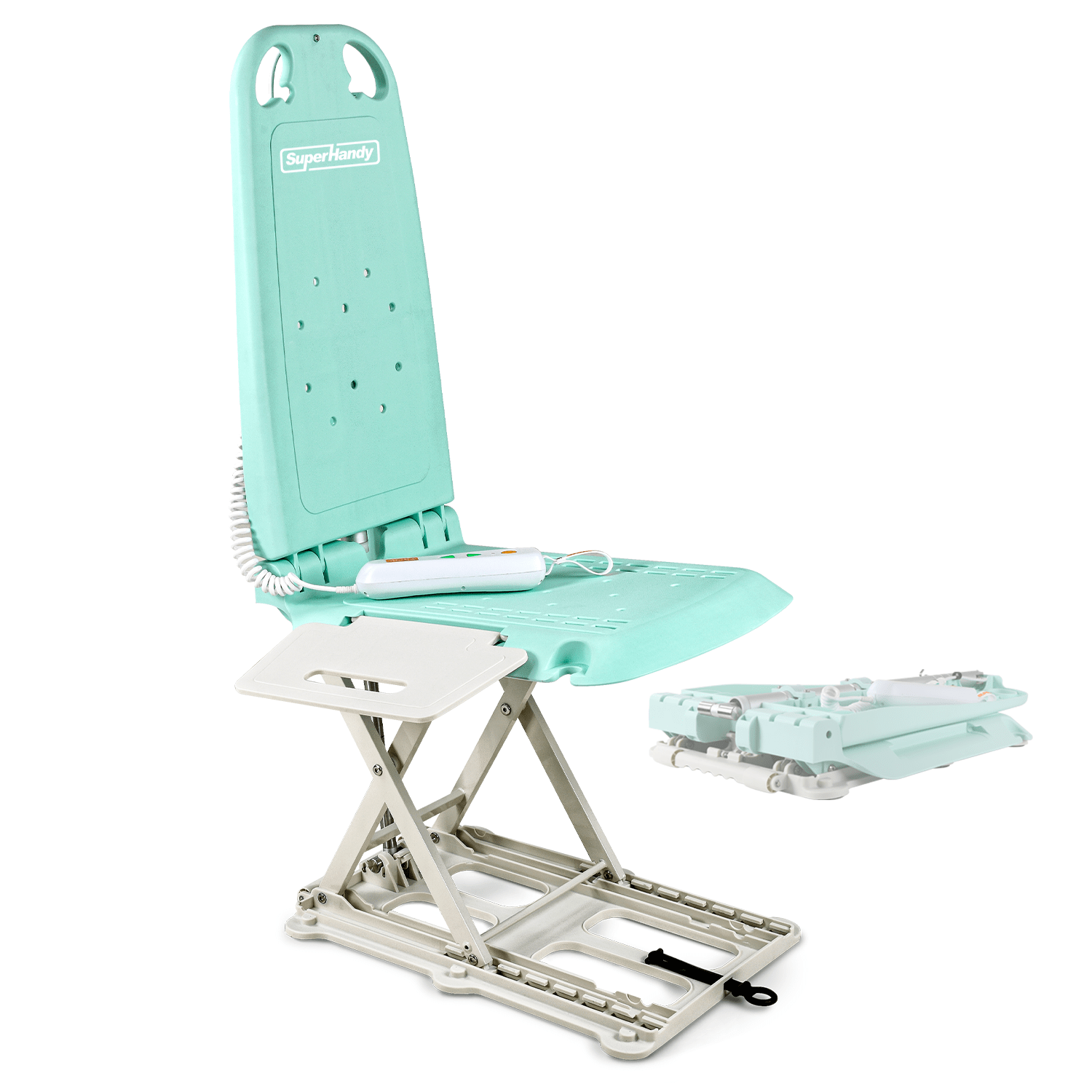
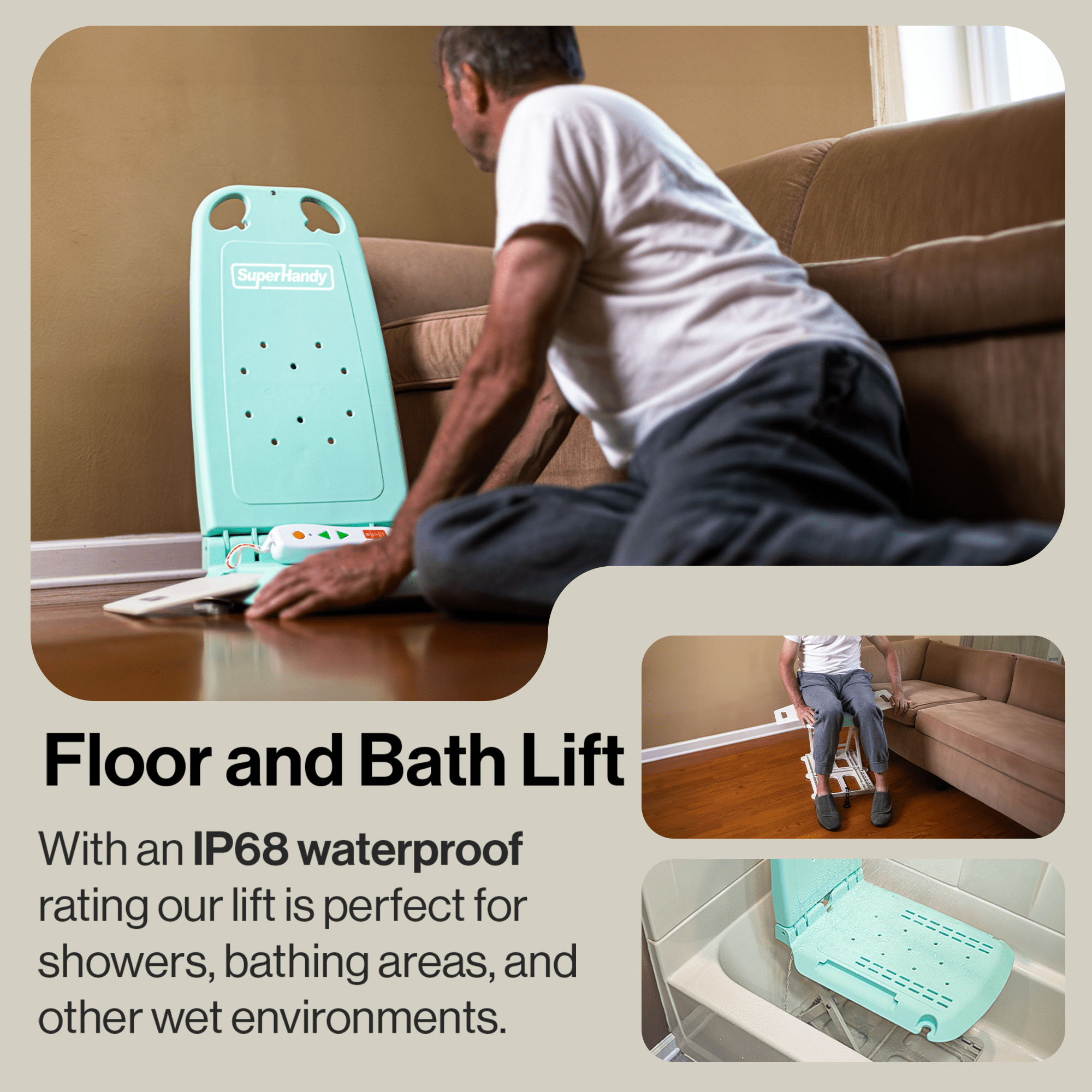
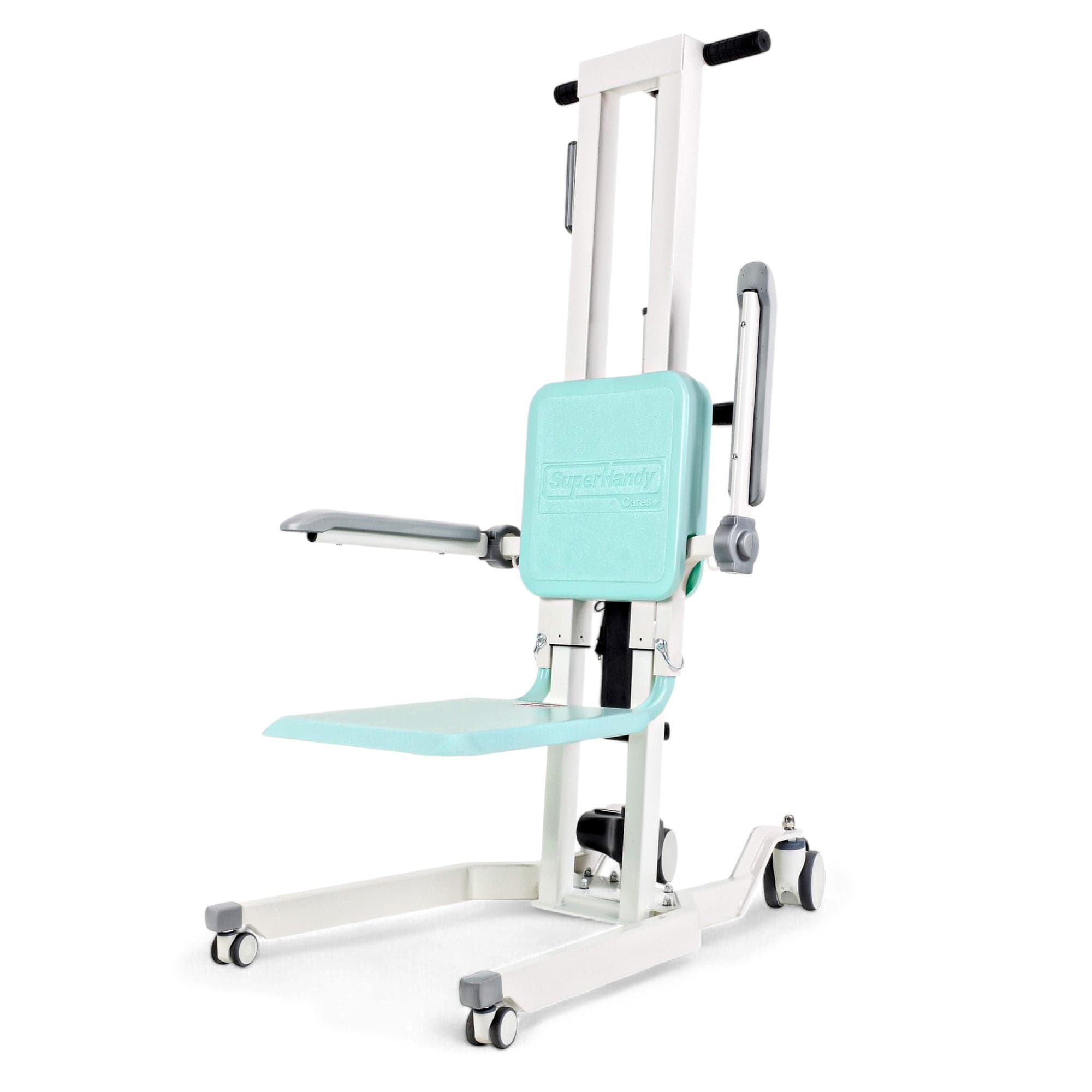
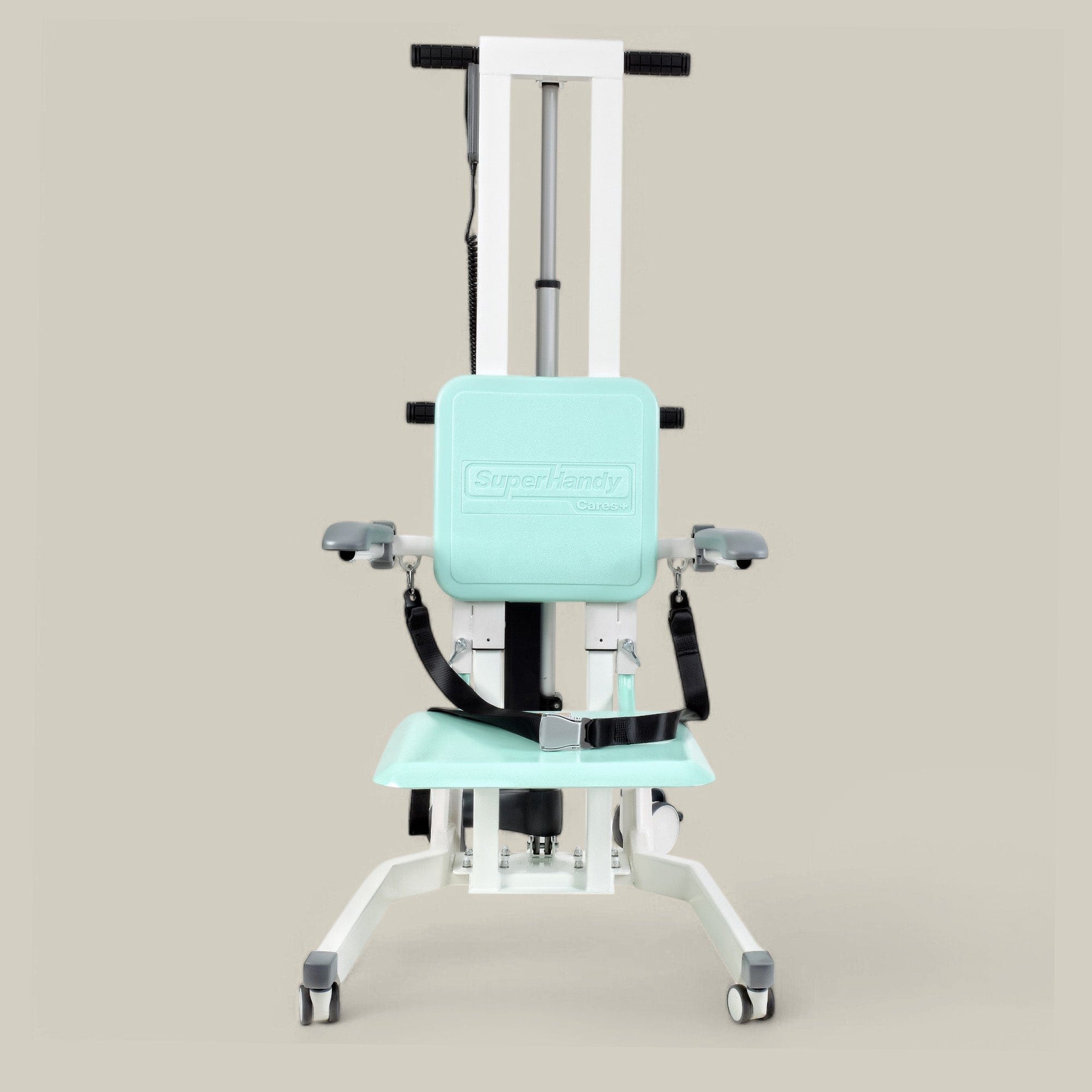
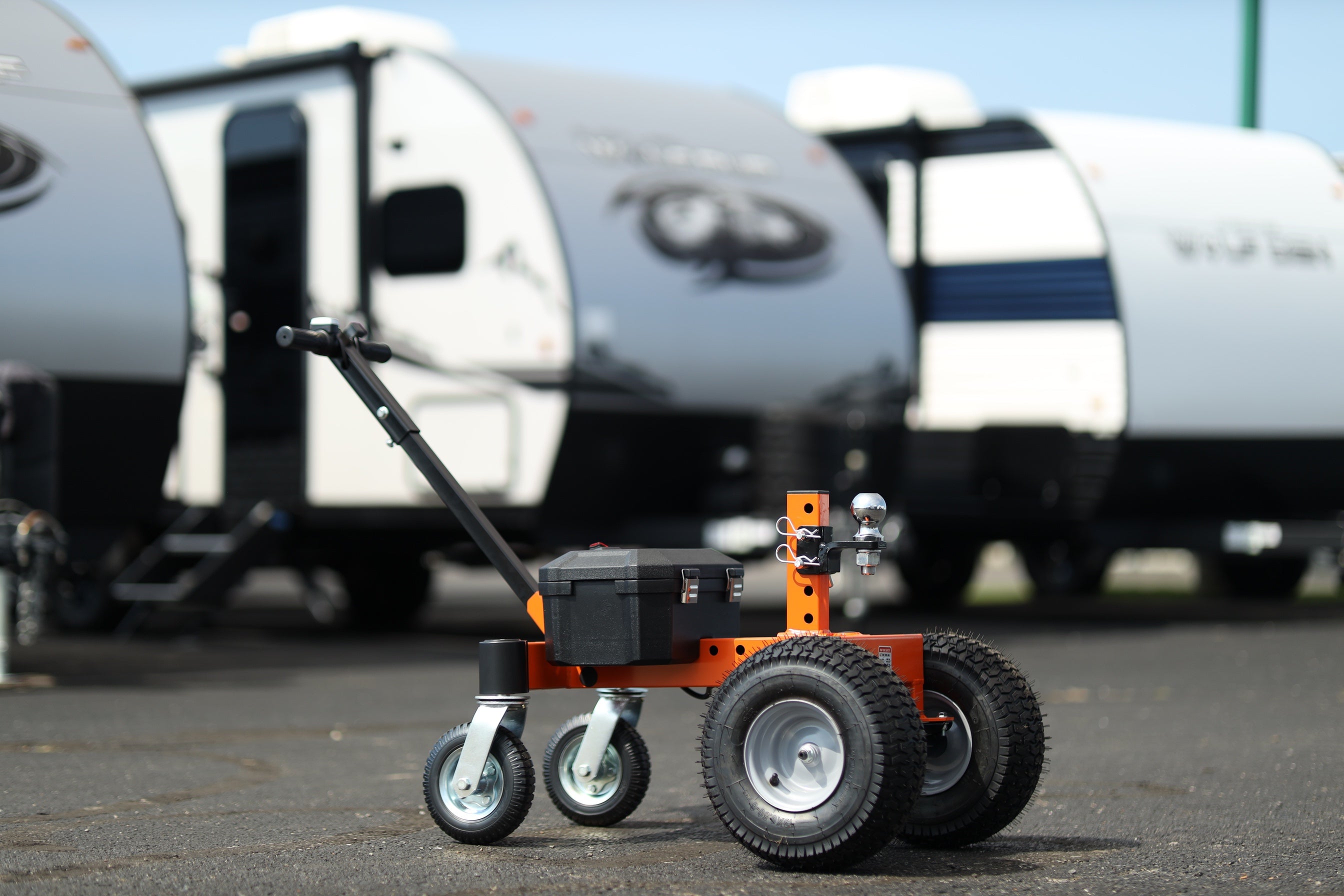
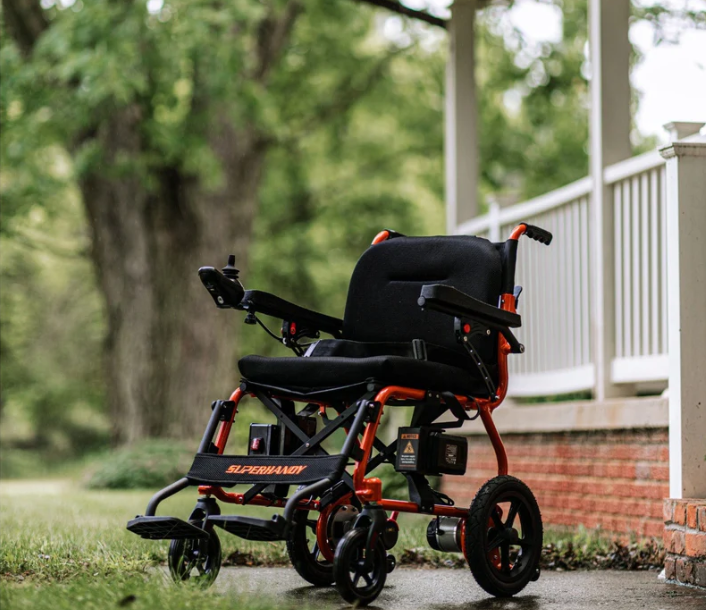
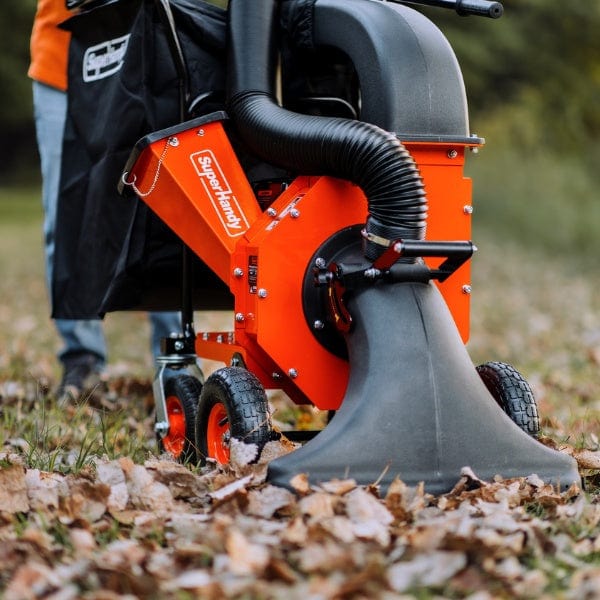
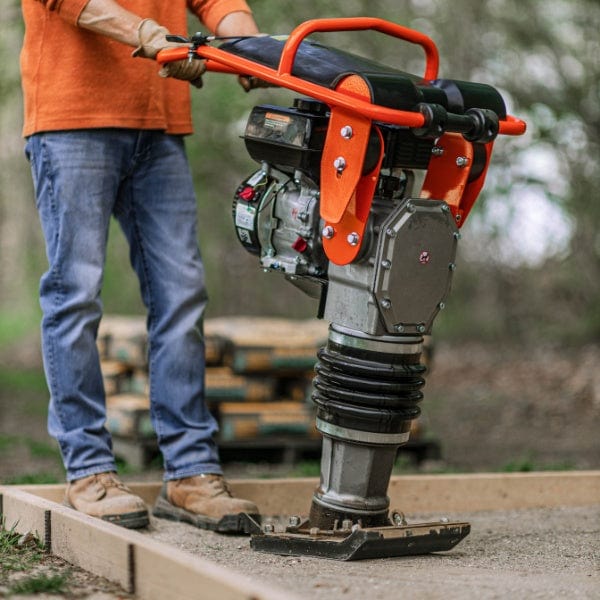
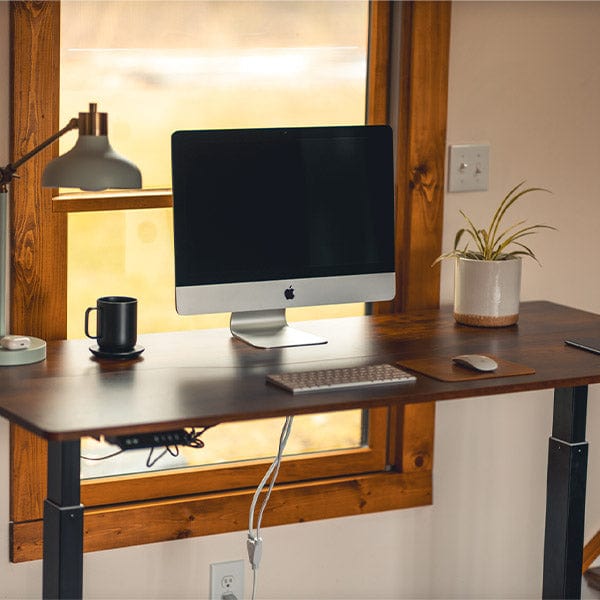

Leave a comment
All comments are moderated before being published.
This site is protected by hCaptcha and the hCaptcha Privacy Policy and Terms of Service apply.